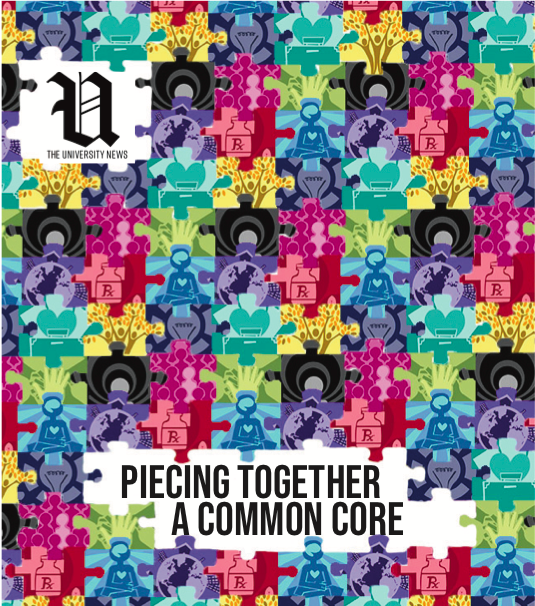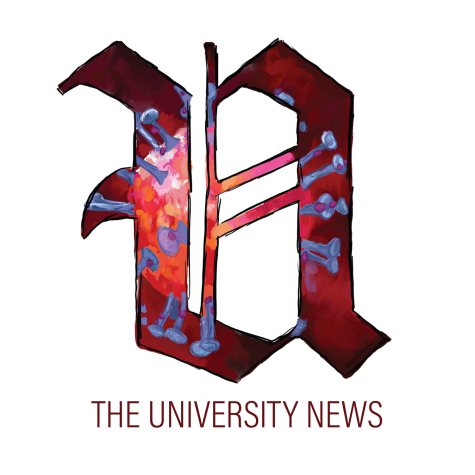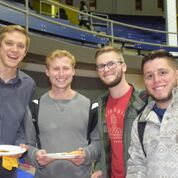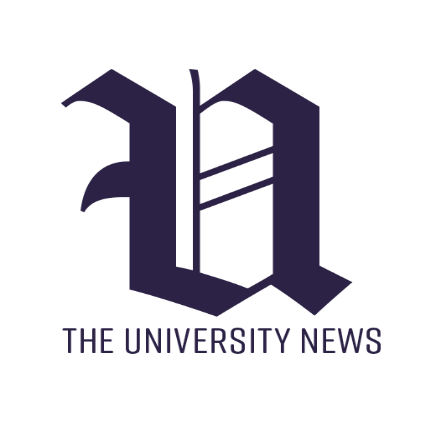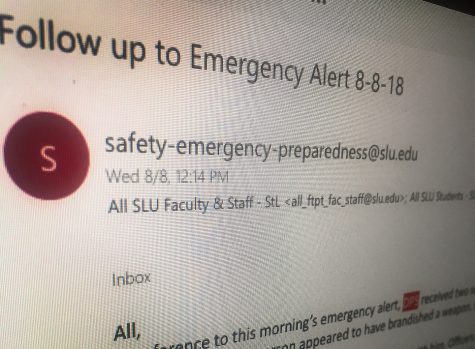Piecing Together A Common Core
Common Core classes will become the same for all schools across SLU’s campus, making it easier to switch majors.
Saint Louis University is the second oldest Jesuit university in the U.S. to Georgetown University, but despite its status, it remains without a common undergraduate core across all colleges and schools.
In April of 2018, SLU sought to change this. The University Undergraduate Core Committee, spearheaded by director Ellen Crowell, was charged to develop and implement a common SLU Core, based off the vision statement refined by the 2016-2017 College of Arts and Sciences Core Curriculum Working Group and the University Core Curriculum.
The first phase of this implementation occurred on Friday at 2:30-4:30 p.m. in room 353 of the Busch Student Center.
The meeting was titled “Imagining Core Structures” and served as the first of four collaborative sessions in which students, faculty, staff and administrators participated in workshops to explore different curricular models. Each of the three workshops at the first session involved exploring a model and collaboratively reporting out as a group on which classes met the model’s criteria. The UUCC’s intention was to open up the floor for dialogue among the SLU community, so that the committee could start to gauge which classes should be part of the Common Core.
Each round consisted of 20 minutes of exploration and 10 minutes of reporting out. “[By reporting out], we should hear some common elements, and our hope is that people will bring up these different elements at the reception following the session,” Debra Lohe, director of Reinert Center for Transformative Learning, said.
There is no single model that will be right for Saint Louis University. These models that we have picked are descriptive models, and not prescriptive models. We came to these models by looking at a bunch of curriculums around the country.
— Lohe
Lohe explained that the UUCC has not locked in any of these initiatives—but that they serve as a place for exploration. They are “jumping off” points and used to foster creativity.
Prior to each round, Lohe gave operational definitions of the models and explained the differences between core and distribution-based curriculums. Traditionally, all students take the same classes under a core curriculum, regardless of major.
“Today we typically think of ‘core curriculum’ as the whole set of undergraduate learning experiences that make up a general education,” Lohe said. “We are more familiar with a distribution-based curriculum, in which students choose a set number of hours across broad disciplinary areas.”
Lohe explained that under a distribution model, such as SLU’s, the courses are rooted in a single discipline. Students choose a set number of hours. Making connections across courses is left largely up to the students, and there is a trend of little collaboration of students with professors.
Under SLU’s new Core, the UUCC hopes that students will bring their own perspectives to each of the common core classes, despite their majors. “A flight sciences student would bring something different to a literature class than someone in the business school, so you see others as students and value what they bring to the table as part of a common SLU experience,” Crowell said.
The current core is traditional in that it offers the central disciplinary humanities and arts classes that are true to the history of Jesuit education. However, the heavy Jesuit liberal arts core meant that students took over half of their credit hours at SLU in the core, Crowell said. This left little room for students to pursue their own interests, and made it difficult for students to switch colleges, as each college housed a different core.
The new core is meant to complement the students’ major classes.
We want to create a core where students see the value of their education to their major. Their major area of study should be enhanced by what they’re doing outside of their major.
— Crowell
SLU plans to use other college and university common core curriculums as inspiration for its own—but it wants to expand upon others’ ideas by “developing something that is truly unique to SLU,” Crowell said. The UUCC does not have an idea of what the new curriculum will look like, but it wants to acquire the ideas through sessions from students, faculty and staff.
The remaining sessions are planned for Oct. 5 and Oct. 26 in the BSC, and Oct. 19 at the SLU Madrid campus. The implementation of the new Common Core is projected to be in effect for all freshmen in fall semester of 2022.
Your donation will support the student journalists of Saint Louis University. Your contribution will help us cover our annual website hosting costs.
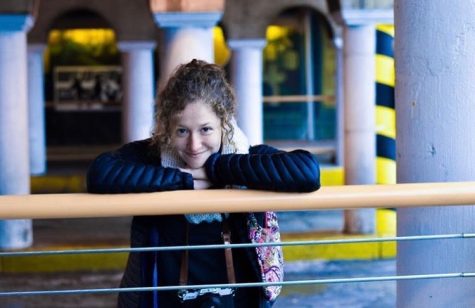
Staunch entered SLU as a Biomedical Engineering major on a Pre-med track, with the intention of continuing her studies in medical school. After a year and a half at SLU, she realized she missed the balance of the arts with sciences as she was previously an editor in her high school yearbook committee.
"Working for UNews, whether it was as Associate News Editor, Managing Editor, or Editor-in-Chief, has taught me the value of working on tight deadlines and how to adequately adapt to certain unexpected situations. The field of Journalism is incredibly fast paced - but that is why I love it so much," Staunch said. "There is always something new occurring, and you would not be able to effectively complete your job unless you had the support of your other editors and staff."
Though paradoxical in nature, she switched her major to Communication. She wants to incorporate both her analytical and creative sides to report on medical topics. Her dream job: to write for Discover Magazine.
When Staunch is not in the newsroom, she is captaining the women’s Ultimate Frisbee team at SLU. She began playing her freshman year and enjoys it as an outlet.


